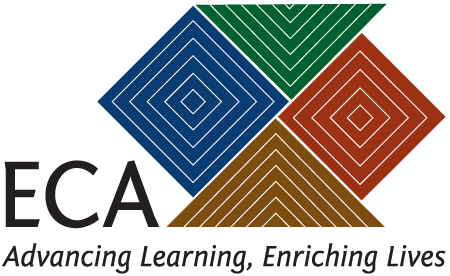The goal of alignment planning is to sharpen and concretize the design and implementation of early education and care services to ensure a viable, cohesive, high quality, community-wide effort for young children. Based on our experience doing RTT-ELC (Race to the Top – Early Learning Challenge) alignment work in Massachusetts, here we present a five-part strategy for building aligned early learning systems.
Five Part Strategy
1. Map and engage the service delivery system
Involve representatives from the entire service delivery system, bringing together leaders and providers who work in the family child care system, center-based program and the public schools, with children of different ages ranging from birth to grade three. These representatives will make up the Leadership Alignment Team. Use a structured protocol to gather and share information about each program’s capacity, organization structure, program priorities, and challenges, as well as what an aligned system from their individual perspectives would look like.
2. Identify opportunities for improved alignment
The Leadership Alignment Team builds a common language and best practices for the learning and growth of children from birth to grade three. Once these have been established, the Team reviews the map of the service delivery system and identifies opportunities for improved alignment. While face-to-face meetings are essential in jump starting these discussions, we have had great success leveraging technology to foster conversations and collaboration around the policies needed to support alignment.
3. Employ a Theory of Change Model
The alignment process is about “what” changes need to be made, but it is also about “how” – to plan implementation. A Theory of Change model increases chances of success by requiring clarity on short and long-term goals, identifying measurable indicators at each step, and generating concrete actions to achieve goals. Three areas in which we have focused our work with leadership alignment teams are: Curricula and Assessment Alignment, Teacher and Caregiver Capacity and Quality, and Data Use and Strategic Planning.
4. Agree upon and prioritize alignment strategies
Start small, with one or two concrete goals and build on them incrementally over time. Begin with strategies that can quickly impact the Birth to Grade Three system and improve program quality and student outcomes.
5. Create communities of practice
Communities of Practice create a venue for educators and administrators to work together to better align program quality efforts, to network, problem solve and share successes and challenges relative to assessment and instructional practices. These communities of practice can directly correspond to specific alignment priorities, and provide important feedback to the Leadership Alignment Team.
For more information about our experience with strategic alignment, please email Mya at mwilke@earlychildhoodassociates.com, or call our office: (508) 788-3444.
